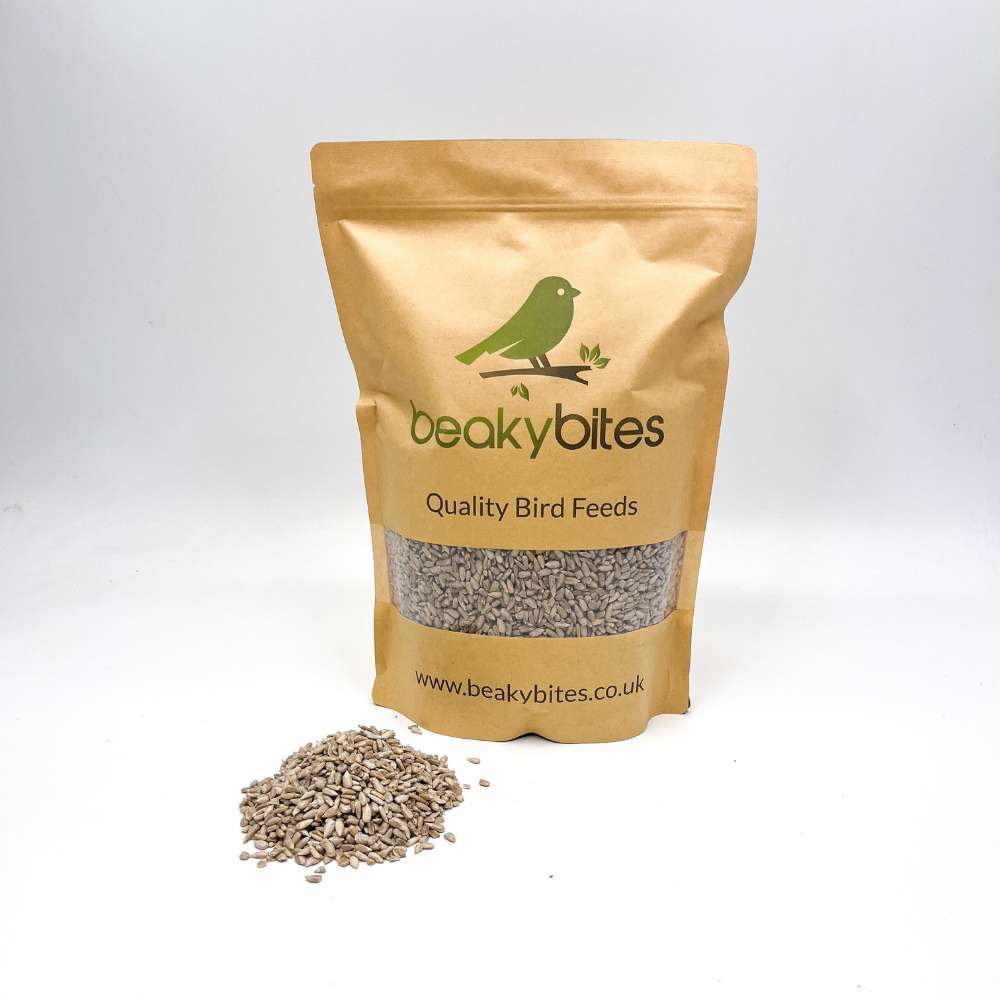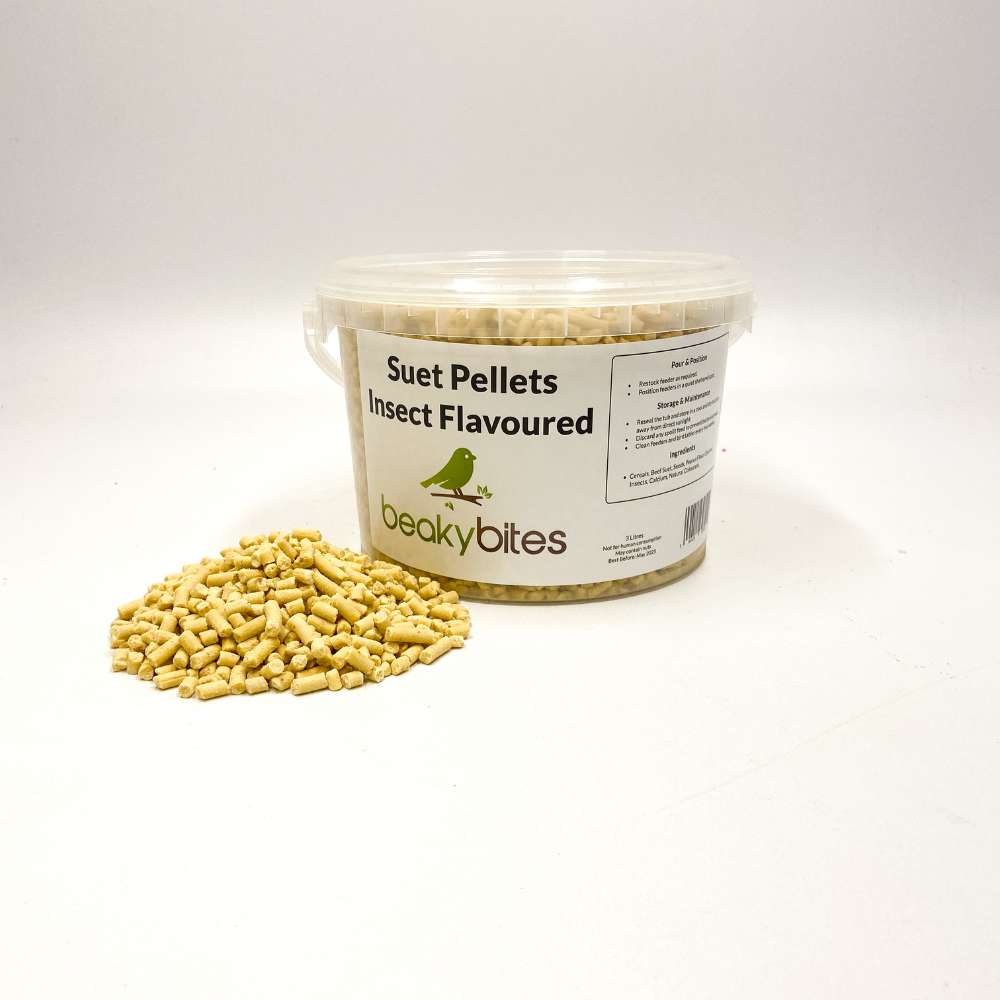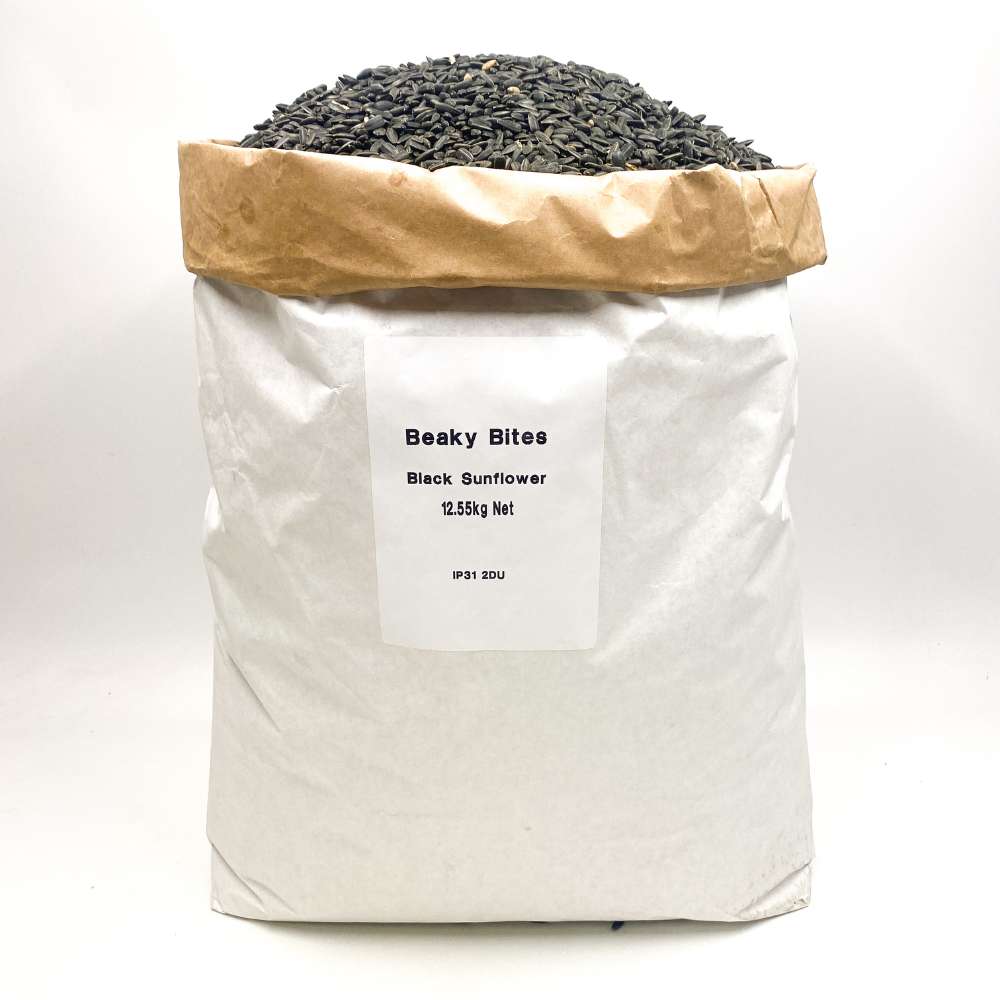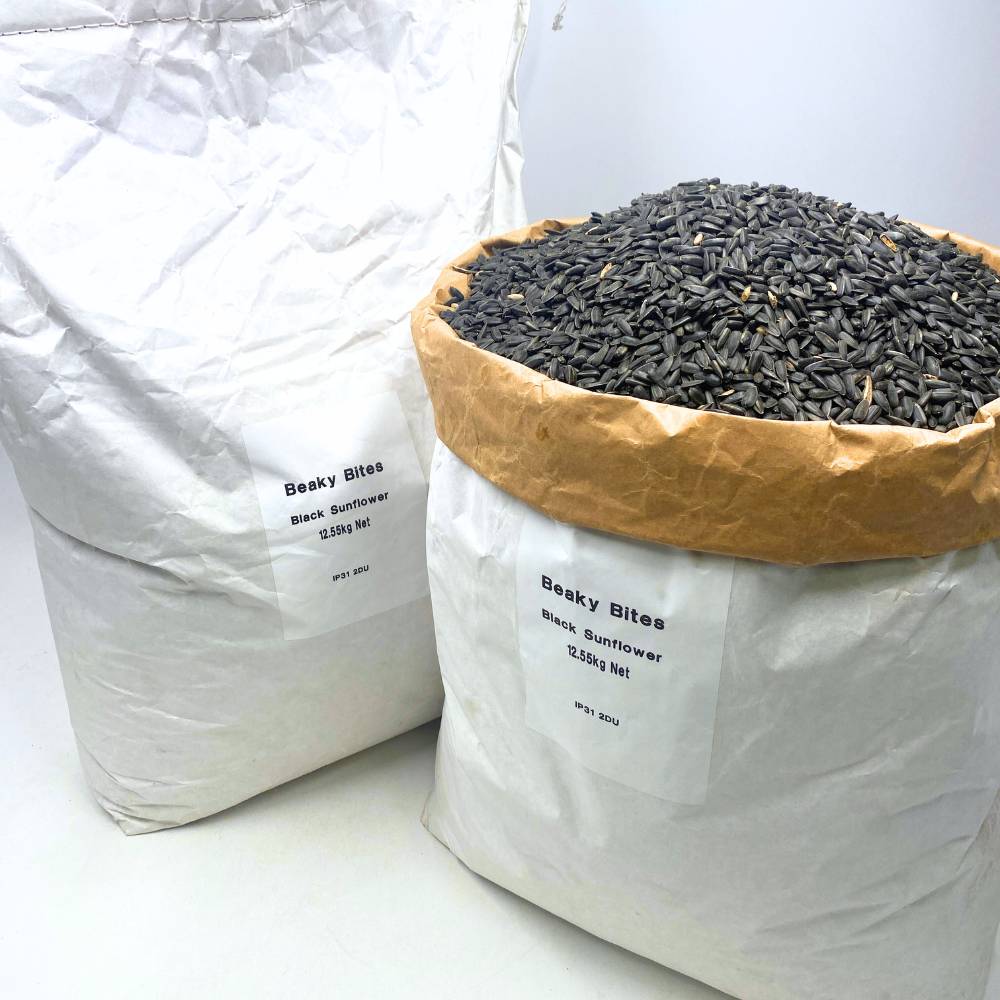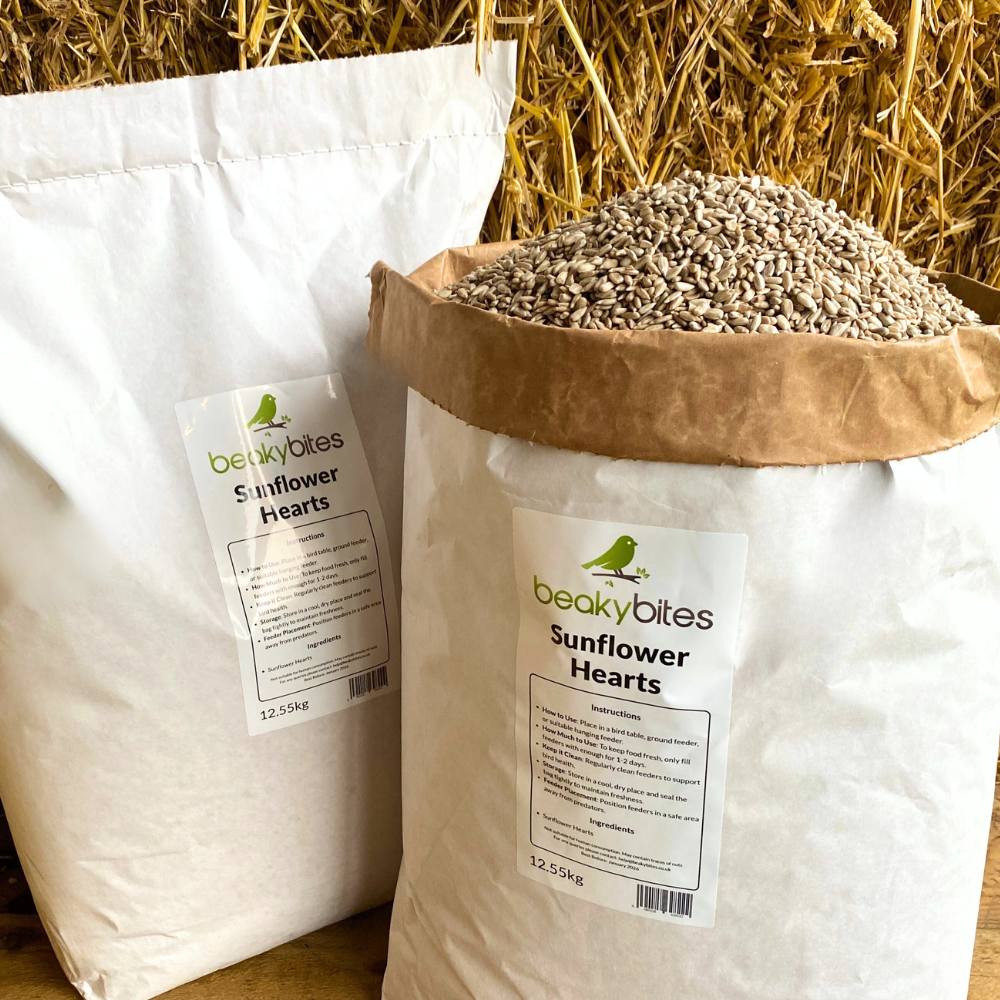Bird Fact File: Dunnock

Welcome to our bird guide series brought to you by Beaky Bites! In each post, we'll take a closer look at a beloved UK garden bird to help you better understand and appreciate these amazing birds. From identifying distinct features to discovering their favourite foods and nesting habits, this series aims to provide an overview of our feathered wildlife.
Let's Meet the Magpie
Magpie Fact File | |
|---|---|
| Size: | 14cm, head to tail |
| Wingspan: | 18-20cm |
| Weight: | 20-25g |
| Colours: | Black, Brown, Grey |
| Eggs: | 4-5 eggs per brood, 2-3 broods a year |
| Nesting: | Close to the ground, in dense overgrowth, in hedgerows or dense vegetation |
| Population Status: | Declining |
The dunnock is a small, quiet bird with soft brown feathers streaked with darker tones, perfect for blending in with hedgerows and bushes. Its underside is pale grey and it has a fine, slender beak for eating small insects and seeds. Often mistaken for a sparrow due to its size and colouring, the dunnock’s finer features and more laid back nature sets it apart.
You’ll find dunnocks in gardens, hedgerows, woodlands and parks where they spend most of their time foraging close to the ground or flitting quietly between dense bushes. Unlike many garden birds, dunnocks are shy and unobtrusive, they prefer to stay out of sight as they search for food. Scientifically known as Prunella modularis they are part of the Prunellidae family and their gentle warbling song is a familiar sound in spring.
With 2 million breeding pairs in the UK dunnocks are common and present all year round but they are quiet so they get overlooked. Their understated charm and their importance in the garden ecosystem makes them a joy to see if you take the time to look.

Appearance and Behaviour
Dunnocks are quiet birds with mousy brown plumage, grey chest and fine beak. Males and females are identical in colour but juveniles are slightly duller with softer colours and no grey chest of the adult.
Dunnocks are insectivores and seed eaters, eating small insects, spiders, worms and seeds in the summer. In winter they adapt by foraging for crumbs, seeds and suet from bird tables or on the ground beneath feeders where they prefer to feed.
Unlike showy garden birds, dunnocks are timid and alone, they hide in undergrowth or hedgerows as they forage. Their quietness and sweet singing is a lovely bonus to any outdoor space, so take a moment to look.

Where do They Hang Out and Eat?
Dunnocks are ground feeders and make the most of whatever is available all year round. In spring and summer they eat insects, spiders and small invertebrates, often in gardens, hedgerows and woodlands. You’ll see them shuffling around on the ground or darting under bushes as they search for hidden treats.
As autumn and winter arrive dunnocks adapt by eating seeds and small scraps to get them through the winter. They’re often seen under bird feeders, picking up spilled seed or enjoying suet crumbs from ground level feeding stations. They’re so adaptable they’re a common visitor to gardens.
Dunnocks love dense cover so hedgerows, shrubs or woodlands are ideal. Providing berry producing plants like ivy or bramble and ground feeders or scattered seed will attract these shy birds to your garden.
With their understated looks and adorable behaviour dunnocks bring a sense of calm to any outside space. Their quiet movements and gentle song are a pleasure to see all year round.
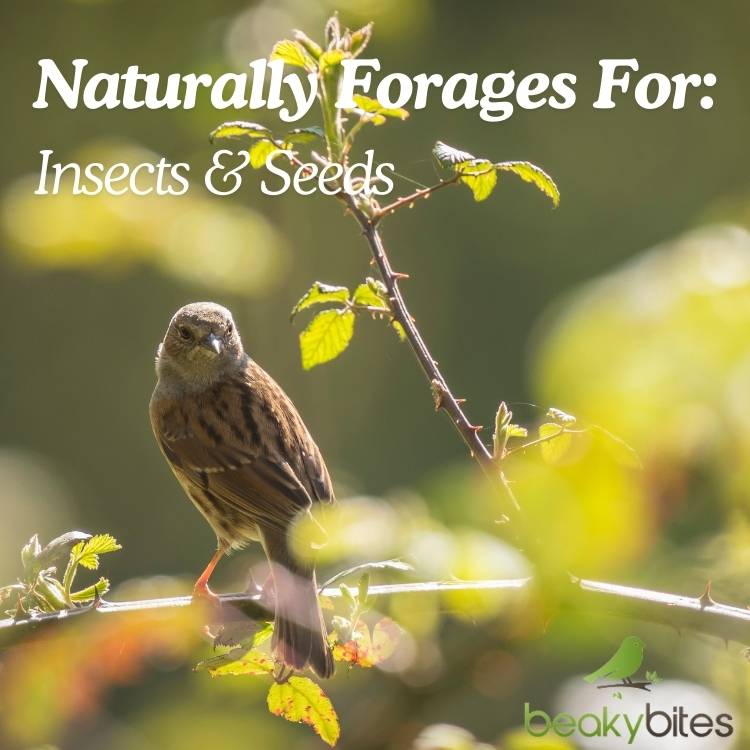
Breeding and Nesting
Dunnocks start breeding in early spring and can have up to 3 broods in a season if conditions are good. Each brood has 3-5 pale blue eggs which the female incubates for 12-14 days. Both parents feed the chicks insects and small invertebrates and they grow fast. The young fledge after 11-14 days but often stay with their parents for a few days as they learn to forage.
During breeding season dunnocks can be territorial, flitting between shrubs and hedges to defend their nest site. Their soft, high pitched calls and sweet warbling song is a familiar and lovely sound in gardens, hedgerows and woodlands in spring and summer.
Dunnocks nest low down in dense shrubs, hedges or tangled vegetation, using moss, twigs and soft materials like hair to line. Their hidden nests are a safe and snug space for their chicks. They are adaptable and resourceful and can be found in rural and urban areas and bring a quiet charm to any garden or green space.
.jpg)
Attracting Them to Your Garden
Dunnocks are opportunistic feeders and will eat insects, worms, seeds and berries depending on the season. If your garden has shrubs, hedgerows and grassy areas then you’re already off to a good start to attracting these lovely birds. Adding seeds, mealworms, suet blocks and especially calciworms will make your garden more attractive to them as these are a favourite food of dunnocks and very effective at drawing them in.
Calciworms are especially good for dunnocks as they provide the extra calcium they need for their health and energy. These little nutritious worms are a top choice for attracting dunnocks into your garden and will become a go-to food. Pair calciworms with suet pellets or sunflower seeds scattered on the ground or on bird tables and you’ll have a feeding area dunnocks will love.
A berry producing shrub like elderberry, holly or hawthorn in your garden will give dunnocks extra foraging opportunities in winter. While they forage on the ground, adding bird tables or platforms will give them extra food sources. Dunnocks aren’t fussy about feeders as long as food is easy to get to.
By offering calciworms, suet, seeds and mealworms you’ll attract more dunnocks to your garden. Their sweet songs, soft calls and subtle movements will bring a peacefulness to your outdoor space especially in the quieter months when their gentle nature adds to the winter landscape.
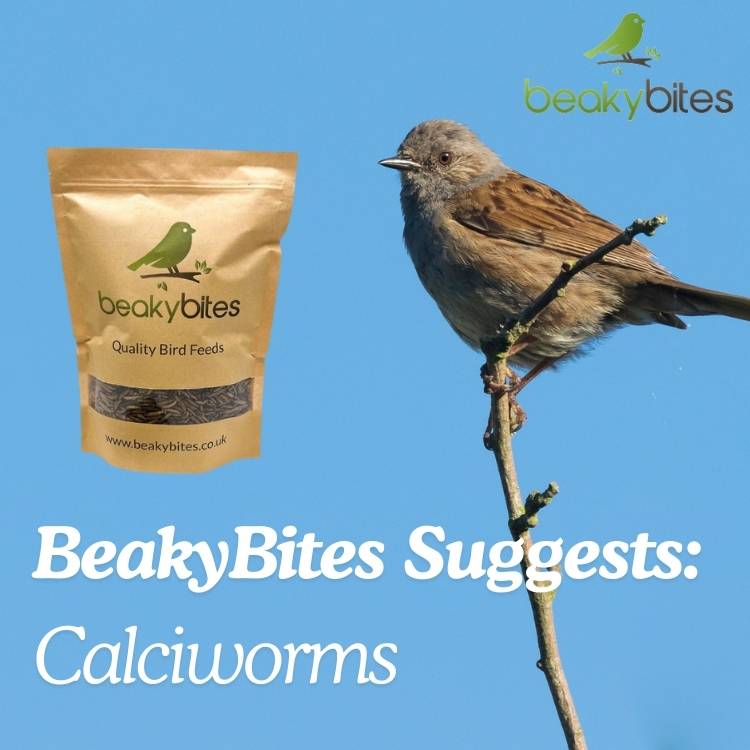
Conclusion
Dunnocks thrive in gardens with a variety of food sources, including insects, seeds, grains, and berries. They also appreciate shrubs or low trees for shelter and nesting. Dunnocks enjoy foraging on the ground, particularly near hedgerows or grassy areas, where they can find insects and seeds. They benefit from suet blocks, mealworms, and sunflower seeds, which help fuel their energetic, busy foraging habits.
To attract dunnocks to your garden, scatter food on the ground or place it on low, accessible bird tables. Incorporating native shrubs like hawthorn, holly, or elderberry will offer additional shelter and natural food sources. Dunnocks are quiet but charming visitors, and their subtle, sweet songs and calm movements add a serene atmosphere to any garden, particularly in the quieter months of the year.
Frequently Asked Questions
What is the best food to attract dunnocks to my garden?
- Answer: The best food for attracting dunnocks includes mealworms, suet, sunflower seeds, and especially calciworms, which are their favourite.
Do dunnocks eat from bird feeders, or do they prefer feeding on the ground?
- Answer: Dunnocks prefer feeding on the ground but will also visit bird tables if food is accessible.
How can I tell the difference between a male and female dunnock?
- Answer: Male and female dunnocks look quite similar, but males tend to have slightly brighter, more vivid plumage and a more distinct song.
Are dunnocks year-round visitors to gardens?
- Answer: Yes, dunnocks are generally year-round visitors to gardens, especially in the winter when food is scarce.
Do dunnocks prefer certain types of bird baths or drinking spots?
- Answer: Dunnocks prefer shallow, sheltered bird baths or areas with dense vegetation nearby where they can drink and bathe


